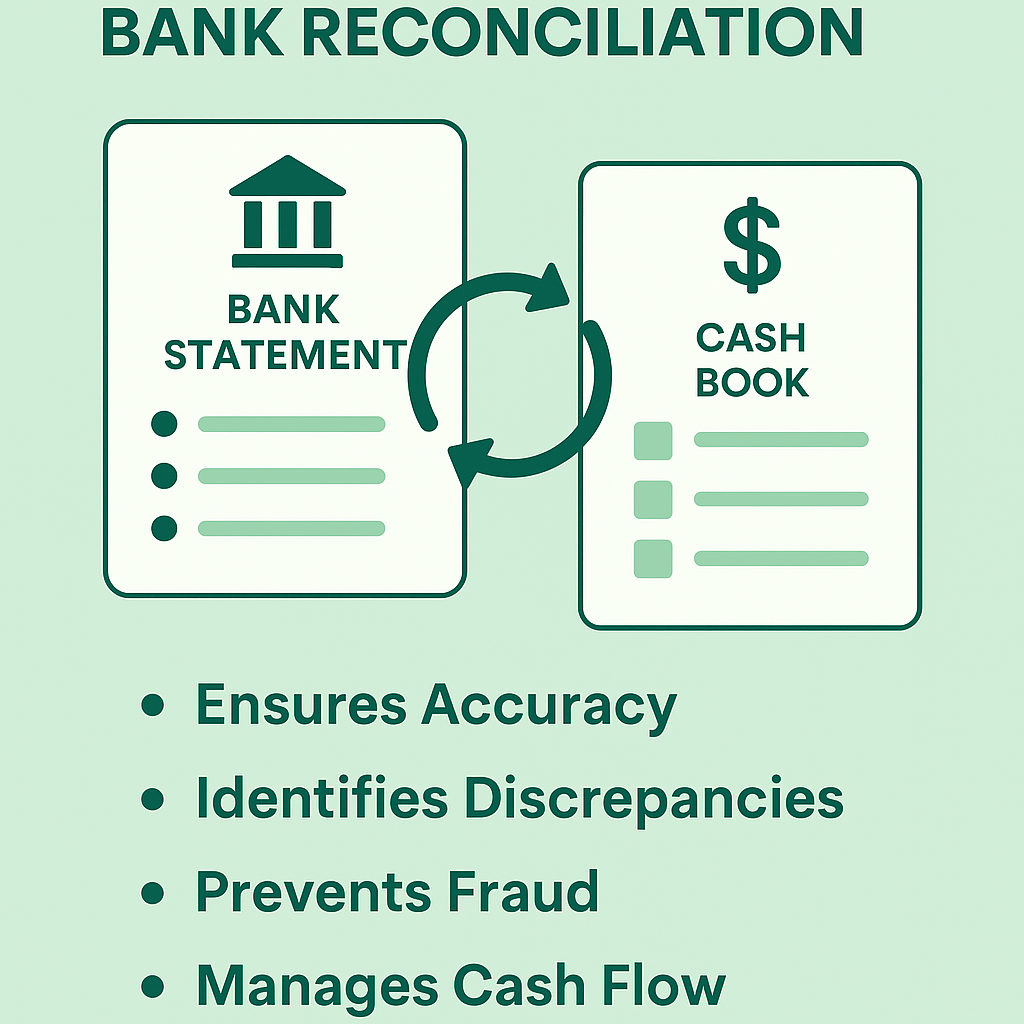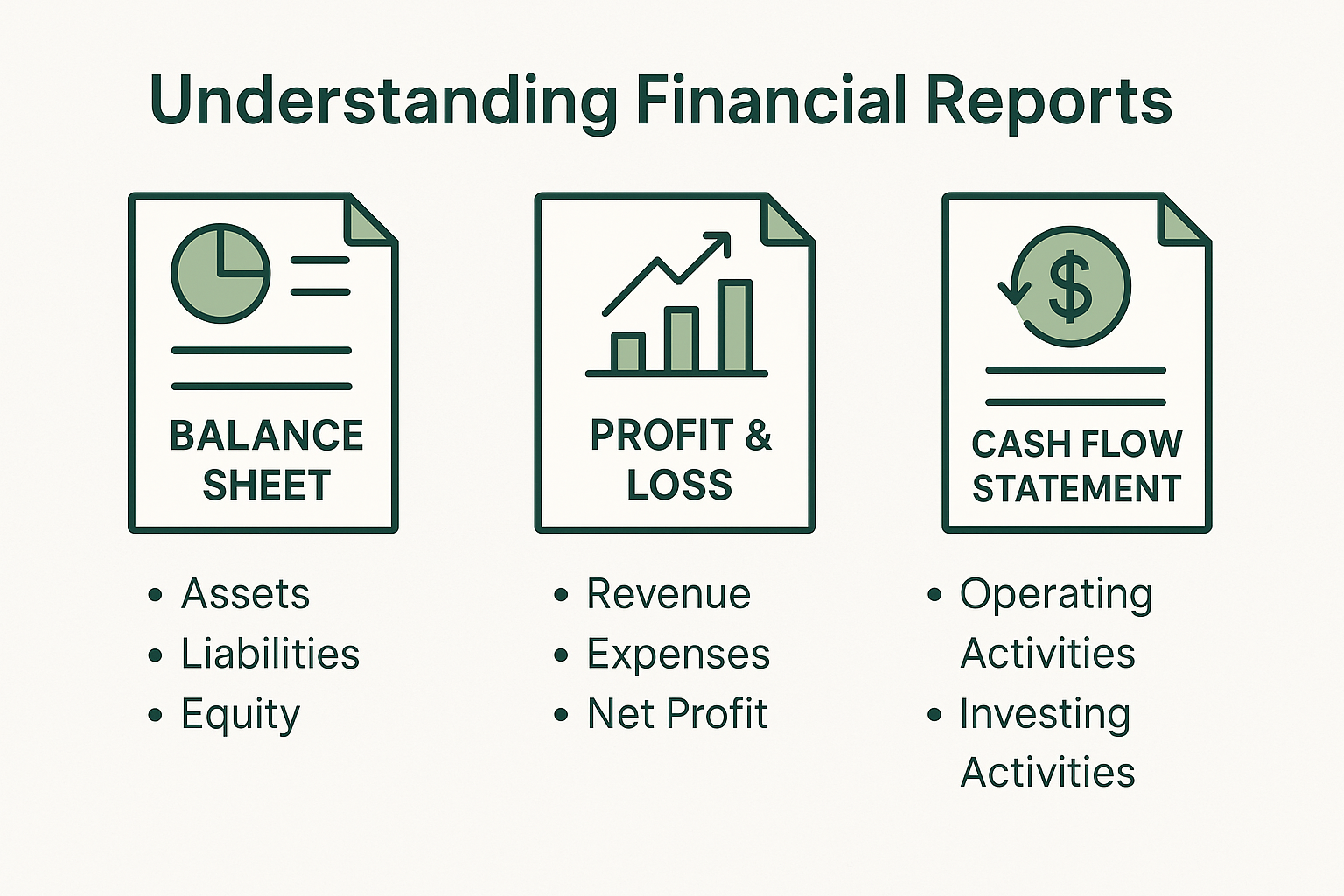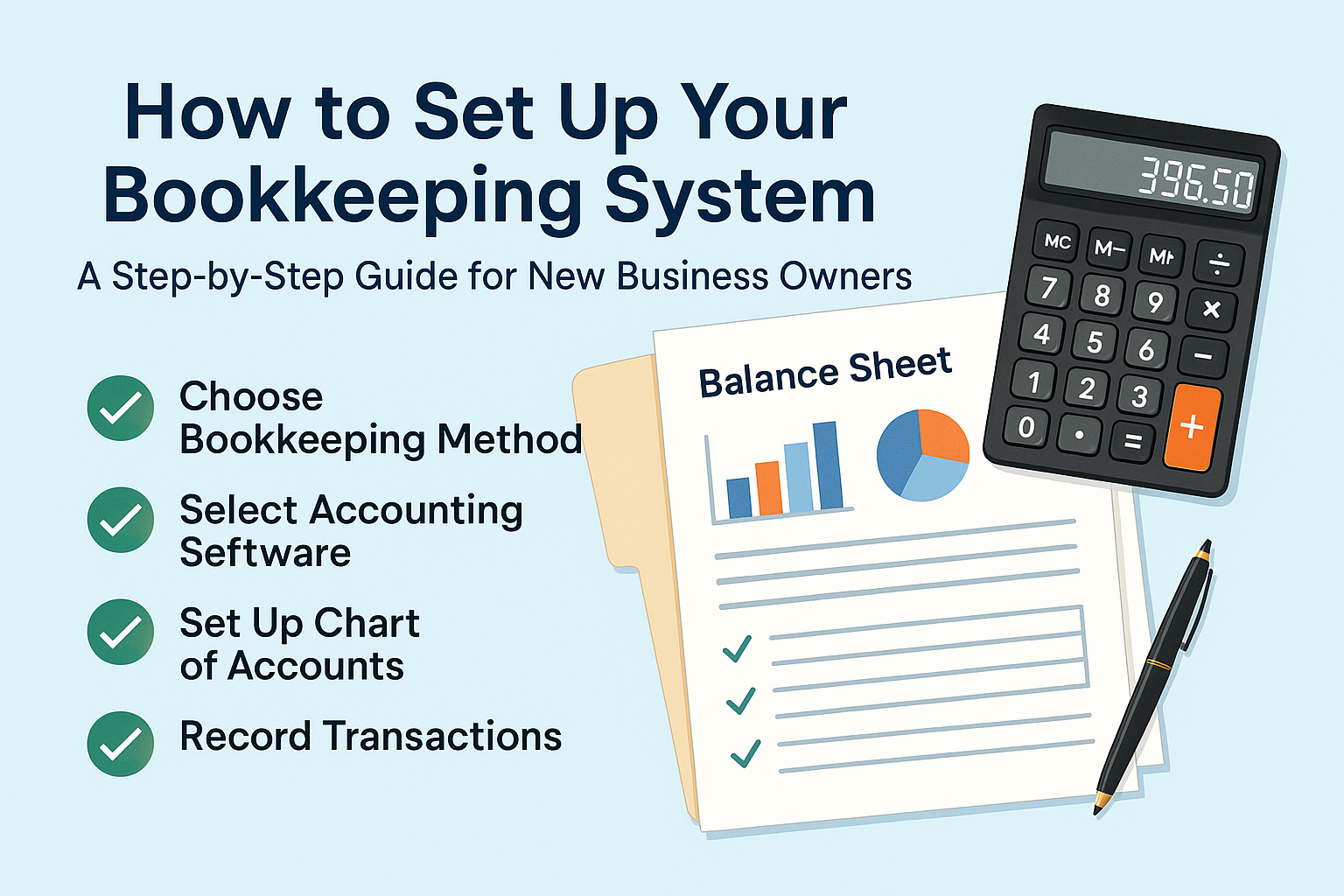Accounts Payable vs. Accounts Receivable: What You Need to Know
Accounts Payable vs. Accounts Receivable: What You Need to Know
Understanding the distinction between accounts payable (A/P) and accounts receivable (A/R) is crucial for business owners, especially when it comes to maintaining a healthy cash flow. Both of these concepts are fundamental components of your company's financial operations, but they represent opposite sides of the same coin. In this article, we’ll break down the differences between accounts payable and receivable, and provide tips for managing both efficiently to ensure your business operates smoothly.
What is Accounts Payable (A/P)?
Accounts Payable (A/P) refers to the money your business owes to suppliers, vendors, or other creditors for goods or services received but not yet paid for. These obligations are considered liabilities for your company because they represent amounts that need to be paid off within a short time frame, typically 30 to 90 days.
For example, if you purchase office supplies on credit or receive a service and agree to pay within 60 days, this amount becomes part of your accounts payable. Proper management of accounts payable ensures that your business meets its financial obligations on time, avoiding late fees, damaged relationships with suppliers, and negative impacts on your credit.
What is Accounts Receivable (A/R)?
Accounts Receivable (A/R) represents the money owed to your business by customers who have purchased goods or services on credit. Essentially, this is the amount of revenue your business expects to receive for goods or services already delivered, but not yet paid for.
For instance, if a customer orders products from your company and agrees to pay in 30 days, this amount is recorded as accounts receivable. Proper management of accounts receivable ensures that you are able to collect the funds owed to you promptly, helping maintain healthy cash flow for your business.
Key Differences Between Accounts Payable and Accounts Receivable
Aspect Accounts Payable (A/P)Accounts Receivable (A/R) Definition:
Money owed by your business to suppliers/creditorsMoney owed to your business by customers.
Impact on Cash Flow: Reduces cash flow as money is paid Increases cash flow as payments are received.
Nature: Liability (money your business owes)Asset (money your business is owed)
Management Focus: Ensuring payments are made on time to avoid penalties. Ensuring timely collection to maintain cash flow .
Typical Time Frame: Short-term, often 30-90 Short-term, typically 30-60 days
Why Efficient Management of A/P and A/R Crucial?
- Cash Flow Management
The primary reason for managing both accounts payable and accounts receivable efficiently is to maintain a healthy cash flow. Cash flow is the lifeblood of any business, and poor management of either accounts payable or receivable can result in liquidity problems.
- If your accounts payable are too high or payments are delayed, you risk paying late fees and damaging your credit standing.
- If your accounts receivable are high and collections are delayed, it can strain your cash flow, making it difficult to pay your own liabilities or reinvest in your business.
- Building Strong Relationships
Timely payments of accounts payable help you build strong relationships with your suppliers, who are more likely to offer you favorable terms in the future, such as discounts for early payment. Similarly, ensuring that your customers pay on time helps maintain good relationships and encourages repeat business. - Tax Compliance
Both A/P and A/R have tax implications. Accounts payable represent expenses that can often be deducted from your taxable income, while accounts receivable represent income that will be taxed once received. Keeping both records organized and up to date ensures you are in compliance with tax laws and can take advantage of all available deductions.
Tips for Managing Accounts Payable Efficiently
- Set Clear Payment Terms: Clearly outline payment terms with your vendors, such as payment due dates and any discounts for early payment. This helps you avoid misunderstandings and stay on top of what you owe.
- Prioritize Payments: If you have multiple vendors, prioritize payments based on their due dates. Avoid paying too early, as this can affect your cash flow, but don't delay payments either, as it could lead to penalties.
- Automate Payments: Use accounting software to automate bill payments. Setting reminders or automatic payments can help you avoid late fees and keep your payment schedule consistent.
- Maintain a Cash Flow Cushion: Ensure that you have a buffer in your cash flow to handle unexpected expenses, such as an unanticipated invoice or supplier price increases.
Tips for Managing Accounts Receivable Efficiently
- Invoice Promptly and Accurately: Send out invoices as soon as the goods or services are delivered. Ensure that invoices are clear, accurate, and include payment terms, so there is no confusion when customers are asked to pay.
- Follow Up on Late Payments: Keep track of unpaid invoices and follow up on them regularly. Implement a collection process that includes sending reminder emails, making phone calls, or offering discounts for early payment.
- Offer Multiple Payment Methods: Make it easy for customers to pay by offering different payment methods (credit card, bank transfer, online payment portals). The more convenient it is for your customers to pay, the faster you’ll receive payments.
- Offer Early Payment Discounts: Consider offering a small discount (e.g., 2%) for customers who pay early. This incentive can encourage timely payments and improve cash flow.
Conclusion
Understanding the difference between accounts payable (A/P) and accounts receivable (A/R) is essential for business owners. Efficient management of both helps maintain healthy cash flow, build strong supplier and customer relationships, and ensures that you are well-positioned for long-term financial success. By implementing the tips mentioned in this article, you can take control of your accounts and manage both aspects of your finances more effectively.
At Sihamkami Bookkeeping Services, we specialize in helping businesses manage their accounts payable and receivable processes to ensure smooth operations and better financial control. Contact us today to learn how we can help you streamline your bookkeeping practices and improve your business’s financial health.



